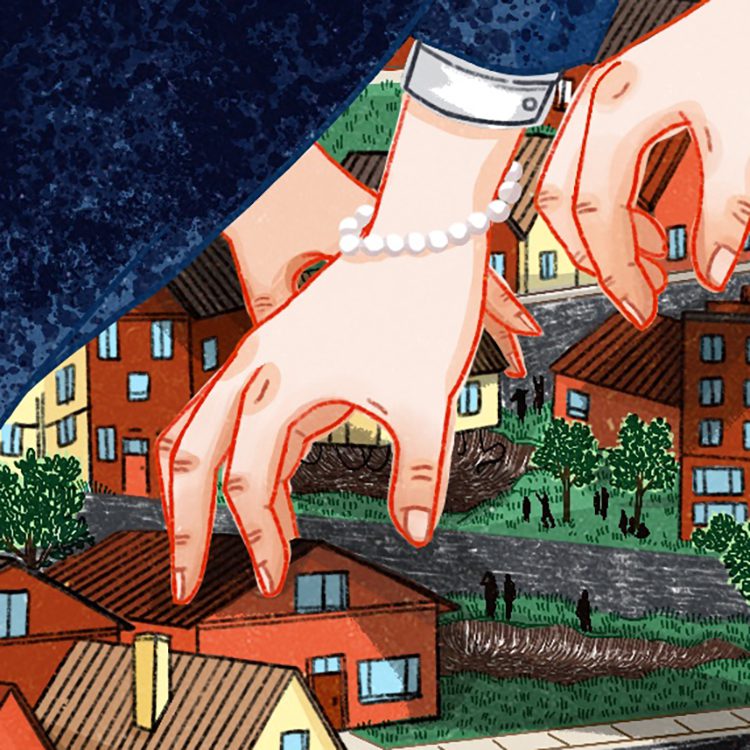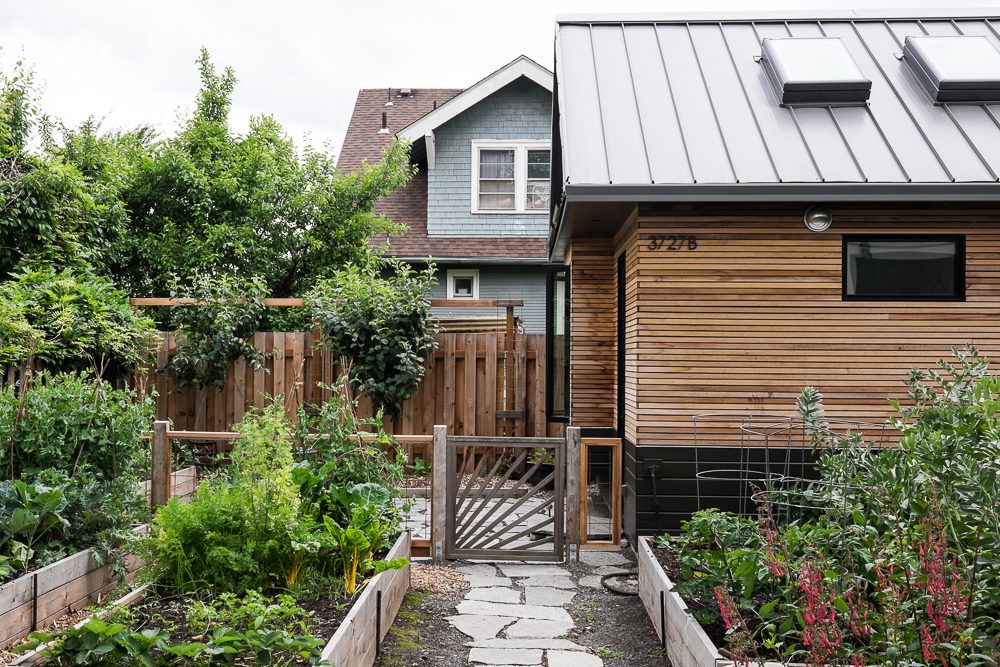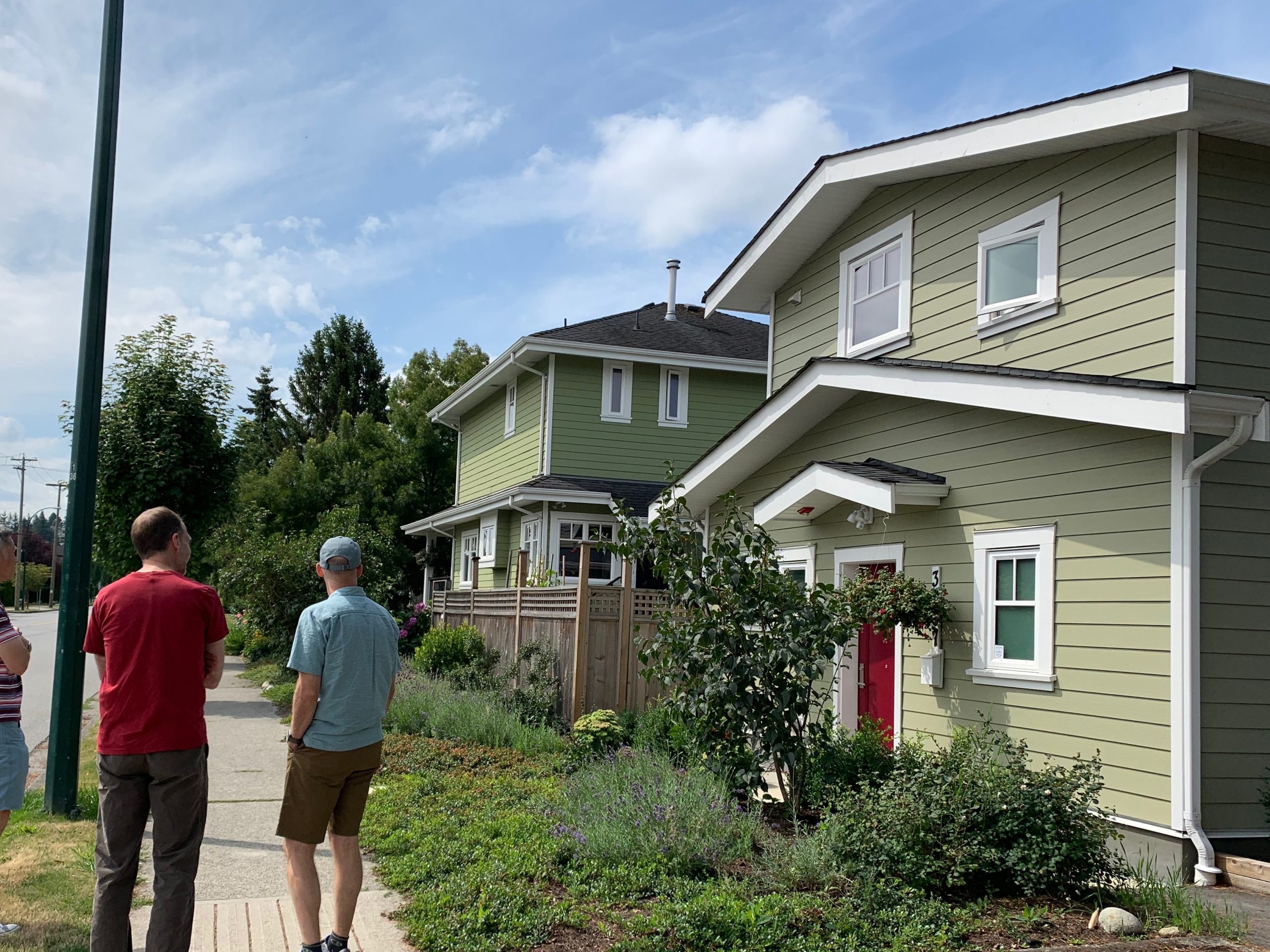So where does the money come from for all these grandiose plans and their implementation?
In a number of major U.S. cities, such as Seattle, Minneapolis, and Rochester, New York, the local government has led planning initiatives and has been the primary source of money for implementing neighborhood projects. Foundations have also supported some plans; the Fenway CDC received funding from the Hyams and Boston foundations when it first prepared a plan in 1992. In Jersey City, where a neighborhood-based coalition, Bergen Communities United, is running the effort, banks have been the main funding source.
Banks have also supported several other CDC-led plans in New Jersey. Wachovia Bank has taken a special interest in planning; its Wachovia Regional Foundation began offering neighborhood planning and development grants in 2003. The foundation makes grants of $25,000 to $100,000 for communities in New Jersey, Delaware and Pennsylvania to create plans over the course of a year. It also offers grants of $100,000 to $750,000 disbursed over three to five years for plan implementation. Unlike many foundations, Wachovia’s grants do not have to be used within a one-year period, so a CDC can focus on its plan rather than constantly hunting for new funding.
Wachovia’s criteria for eligible plans include that grantees “be able to demonstrate the outcomes of the planning process and how they will be measured and evaluated,” according to its neighborhood planning grant Web site. Since 1998, Wachovia grantees have created nine plans, which helped pave the way for a variety of housing, economic development, recreation and social services projects. The foundation encourages grantees to build resident engagement and leadership. It also wants nonprofits to think beyond their neighborhood borders; last year it hired a consulting firm, The Reinvestment Fund of Philadelphia, to ensure that Wachovia-funded plans incorporate regional economic trends into their analysis.
Bergen Communities United’s fundraising committee found support for its plan from several banks or their associated foundations, including Bank of America, PNC Bank and the Independence Community Foundation, as well as corporate sponsors such as PSE&G, a major utility company in New Jersey. Local Initiatives Support Corporation also supported the planning process. As of February, BCU was still applying for funds for implementation.
An incentive for planning in New Jersey is the Neighborhood Revitalization State Tax Credit, a program that provides credits to corporations that invest funds for CDC neighborhood development activities. To be eligible, a community must prepare a neighborhood revitalization plan under CDC leadership, and have the plan approved by the state Department of Community Affairs. The Housing and Community Development Network of New Jersey encourages member CDCs to use the tax credit program as a major funding source and has a full-time staff member who helps guide CDCs through the process. A similar program operates in several other states, including Pennsylvania.
– D.H.




Comments